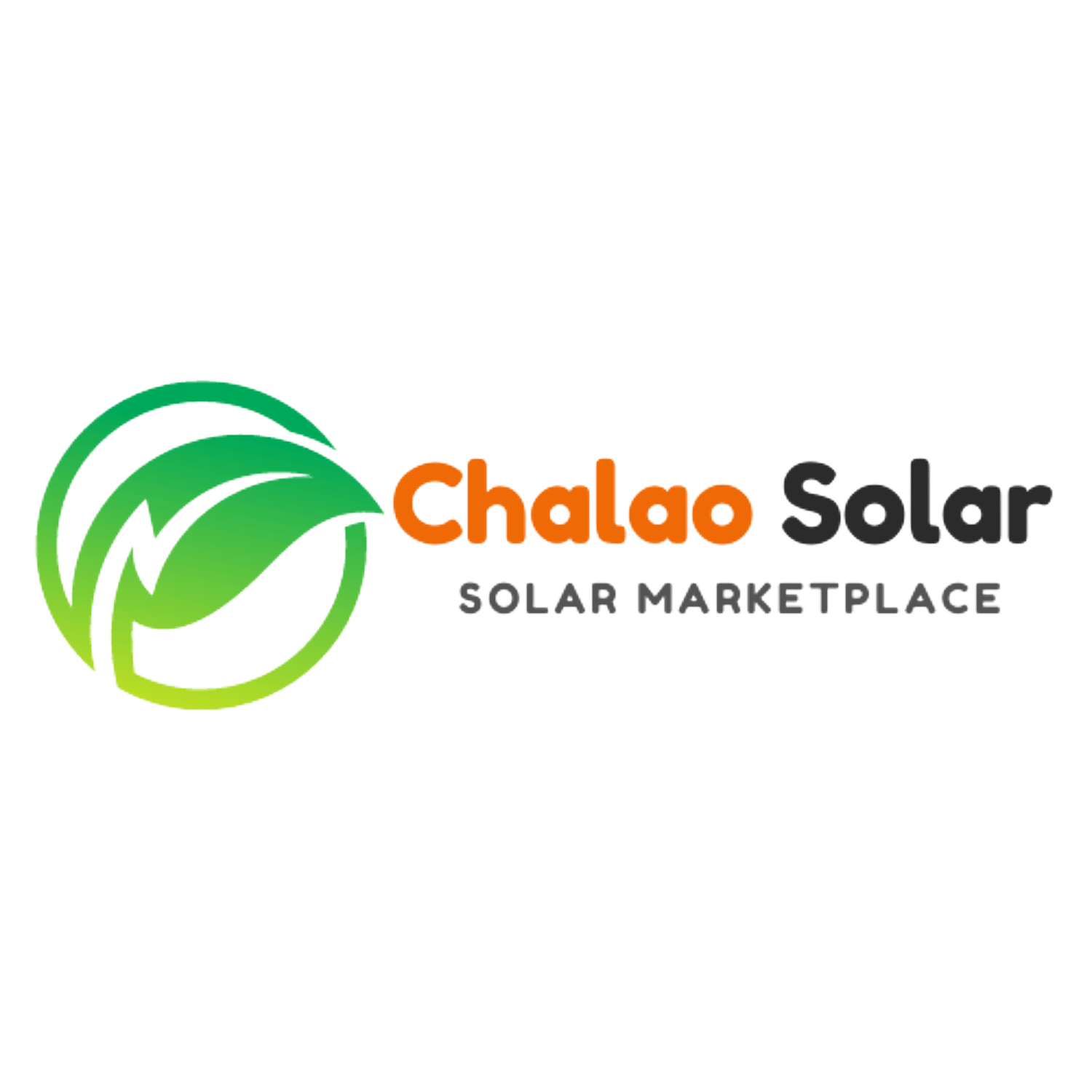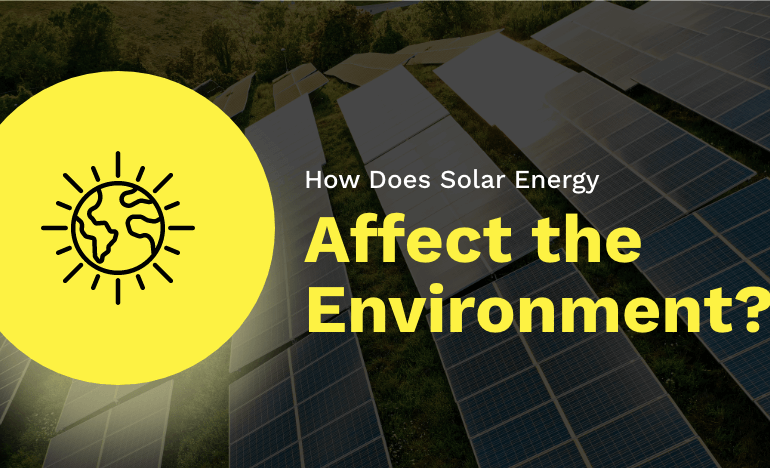Looking for insights into the expected solar energy trends in 2023?
Read this article to discover the latest advancements, emerging technologies, and market trends that will shape the solar industry in the coming year.
Introduction
Solar energy has become one of the fastest-growing renewable energy sources, providing clean and sustainable power across the globe. As we step into 2023, the solar energy industry continues to evolve with exciting trends and innovations.
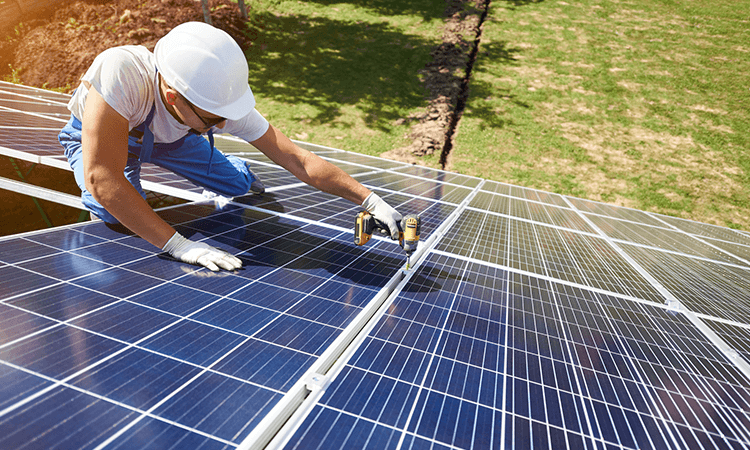
In this article, we will explore the expected solar energy trends in 2023, including technological advancements, policy changes, market dynamics, and consumer preferences.
Expected Solar Energy Trends In 2023
1. Increased Efficiency with Perovskite Solar Cells
Perovskite solar cells have garnered significant attention due to their potential to revolutionize the solar industry. In addition, these next-generation solar cells offer higher efficiency, lower manufacturing costs, and flexibility for integration into various applications.
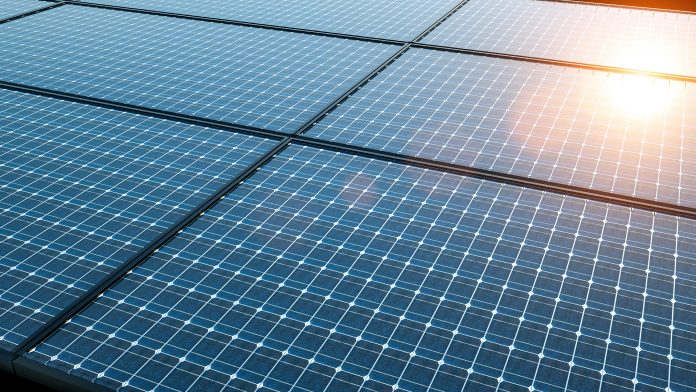
In 2023, we can expect further advancements in perovskite technology, improving their stability and durability, and making them a viable alternative to traditional silicon-based solar cells.
2. Rise of Solar-Plus-Storage Systems
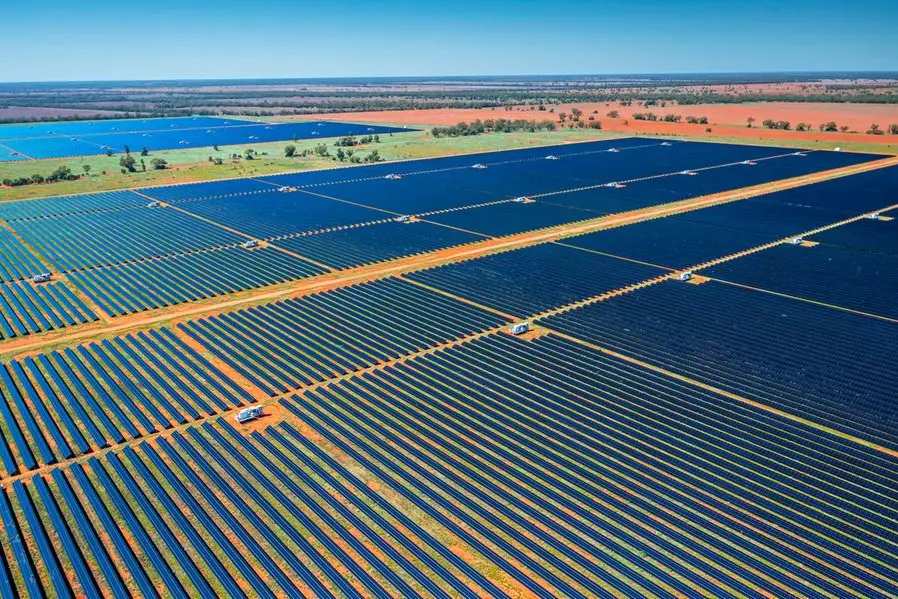
Solar-plus-storage systems are gaining popularity as they provide a reliable and uninterrupted power supply. Furthermore, in 2023, we will witness increased adoption of energy storage solutions, such as lithium-ion batteries, combined with solar installations.
These systems enable better utilization of solar power by storing excess energy generated during the day for use during evenings or cloudy periods, enhancing grid independence.
3. Integration of Artificial Intelligence (AI) and Internet of Things (IoT)
Artificial Intelligence and Internet of Things technologies are transforming various industries, and the solar energy sector is no exception.
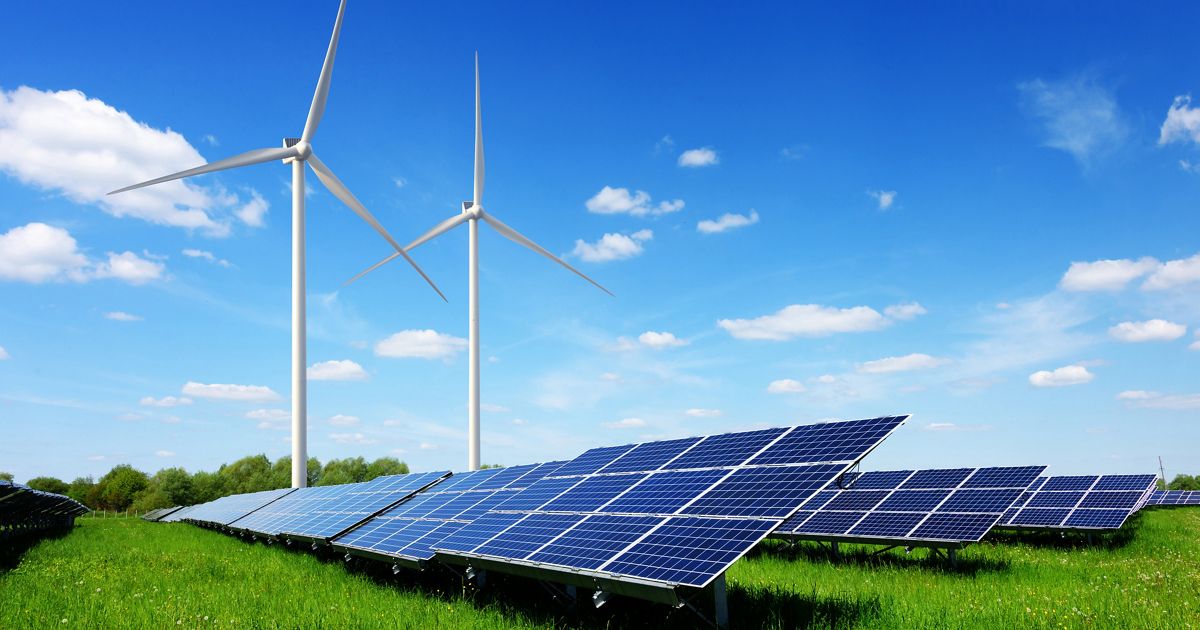
In 2023, we can expect to see AI and IoT being integrated into solar energy systems for improved efficiency, monitoring, and maintenance. Furthermore, smart solar panels equipped with sensors and AI algorithms will optimize energy production, detect faults, and enable predictive maintenance, leading to higher performance and cost savings.
4. Expansion of Solar in Commercial and Industrial Sectors
While residential solar installations have gained significant traction in recent years, 2023 will witness a substantial expansion of solar energy in the commercial and industrial sectors. Moreover, businesses are increasingly realizing the financial and environmental benefits of solar power.

With favorable government policies, tax incentives, and declining installation costs, more commercial and industrial facilities will embrace solar energy to reduce their carbon footprint and lower energy expenses.
5. Emergence of Building-Integrated Photovoltaics (BIPV)
Building-Integrated Photovoltaics (BIPV) represent a promising trend in solar energy. BIPV involves integrating solar panels directly into building materials like windows, facades, and rooftops. In addition, this seamless integration of solar technology into the infrastructure provides an aesthetically pleasing and energy-efficient solution.

In 2023, we can expect to see increased adoption of BIPV in new constructions and retrofits, blending sustainability with architectural design.
6. Advancements in Solar Tracking Systems
Solar tracking systems allow solar panels to follow the sun’s path throughout the day, maximizing energy generation.
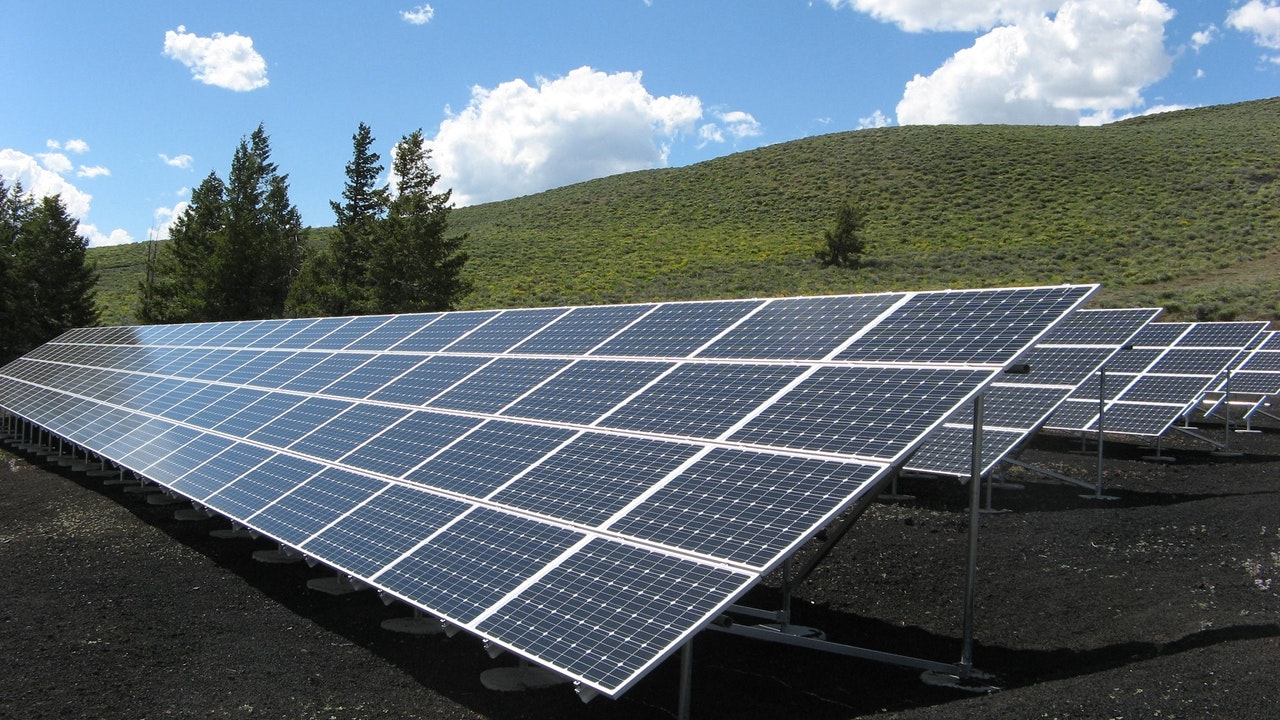
In 2023, we anticipate advancements in solar tracking technologies, enabling higher accuracy and efficiency. Furthermore, dual-axis and multi-point solar trackers will become more prevalent, ensuring panels capture sunlight at the optimal angle for increased energy output.
7. Shift Towards Community Solar Projects
Community solar projects are gaining traction as they provide an opportunity for individuals or businesses to invest in solar energy without installing panels on their properties.
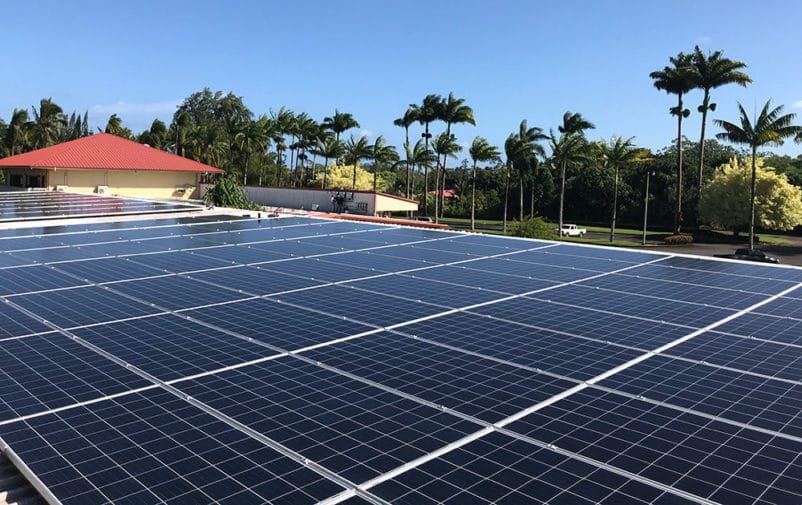
In 2023, we will witness an increased focus on community solar initiatives, enabling more people to access clean energy and participate in the renewable energy transition.
8. Solar-Powered Electric Vehicle (EV) Charging Stations
With the rise in electric vehicles, solar-powered EV charging stations will become more prominent in 2023. In addition, these charging stations leverage solar energy to recharge EVs, reducing reliance on fossil fuels and increasing the sustainability of transportation.
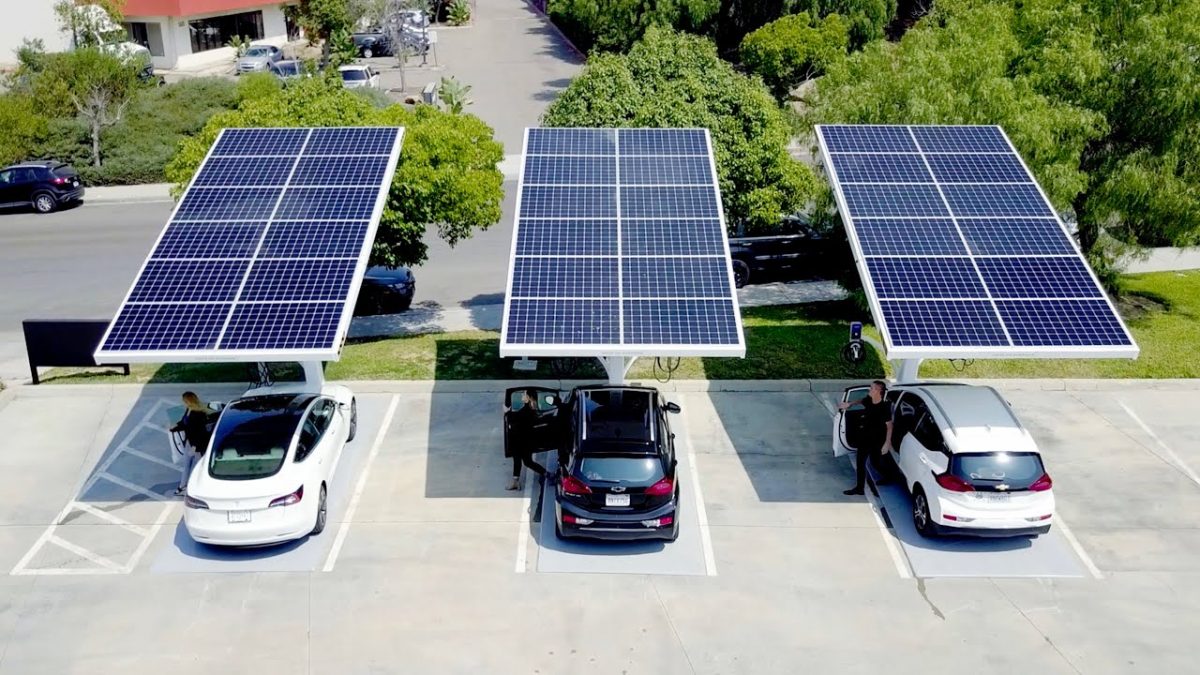
Solar-powered charging stations will witness widespread deployment, promoting the growth of electric vehicles and renewable energy integration.
9. Advancement in Solar Panel Recycling
As solar installations increase, proper disposal and recycling of end-of-life solar panels become essential. Moreover, in 2023, we can expect advancements in solar panel recycling technologies, ensuring efficient and environmentally friendly disposal methods.
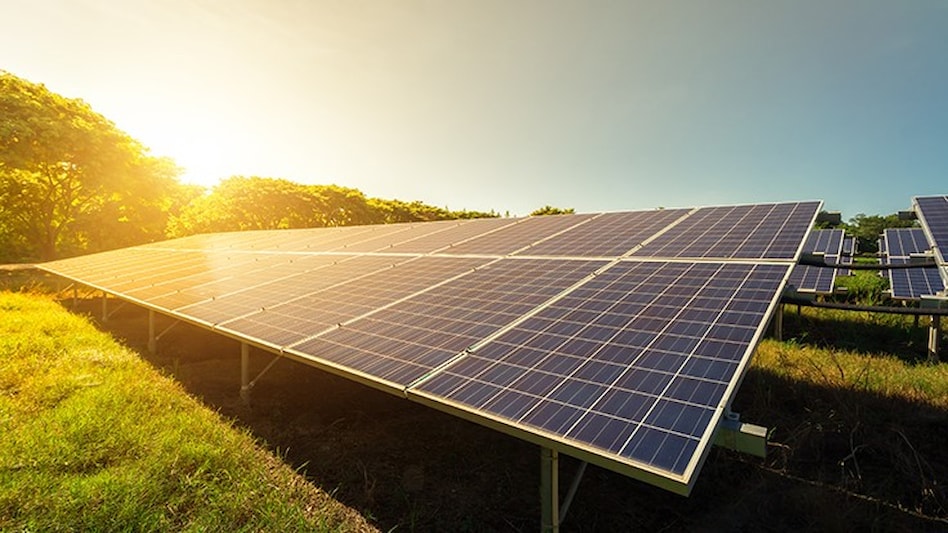
This will address concerns regarding the potential environmental impact of decommissioned solar panels and pave the way for a more sustainable solar energy lifecycle.
10. Growing Market for Solar Loans and Financing Options
To accelerate solar adoption, financial institutions and governments are offering attractive loan options and incentives.
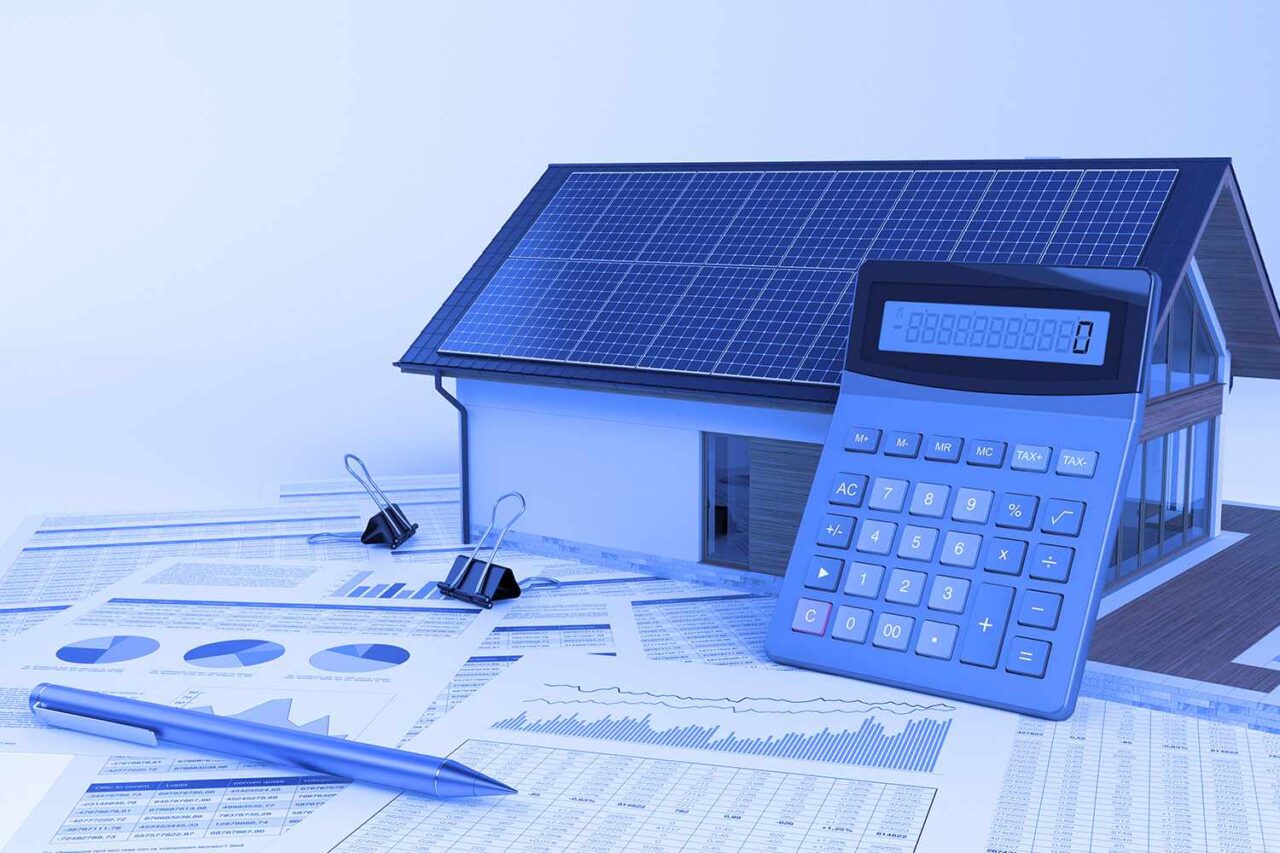
In 2023, we will witness a growing market for solar loans and innovative financing models, making solar installations more affordable and accessible to a broader consumer base.
FAQs
1. Will solar energy become more affordable in 2023?
Yes, solar energy is expected to become more affordable in 2023 due to declining installation costs, technological advancements, and government incentives. These factors will make solar power a financially viable option for a larger audience.
2. How can AI and IoT benefit solar energy systems?
AI and IoT technologies can optimize solar energy systems by enhancing monitoring, fault detection, and predictive maintenance. Furthermore, these technologies enable improved efficiency, higher energy production, and cost savings in the operation and maintenance of solar installations.
3. What are the advantages of solar-plus-storage systems?
Solar-plus-storage systems provide a reliable and uninterrupted power supply by storing excess solar energy for use during low-production periods. These systems enhance grid independence, improve self-consumption, and can serve as backup power sources during grid outages.
4. What are the environmental benefits of community solar projects?
Community solar projects allow individuals and businesses to access clean energy without installing panels on their properties. By participating in these projects, people contribute to reducing carbon emissions, promoting renewable energy, and supporting a more sustainable future.
5. Are there any upcoming policy changes that will impact solar energy in 2023?
Policy changes play a significant role in shaping the solar energy landscape. In 2023, governments may introduce new incentives, regulations, or targets to accelerate solar adoption and meet renewable energy goals.
6. How can solar energy contribute to the electrification of transportation?
Solar energy can power electric vehicle (EV) charging stations, reducing the reliance on fossil fuels for transportation. Solar-powered EV charging stations promote sustainable mobility and help decrease greenhouse gas emissions.
Conclusion
As we look ahead to 2023, the solar energy industry shows immense potential for growth and innovation. From advancements in perovskite solar cells to the integration of AI and IoT, the expected solar energy trends in 2023 promise to reshape the renewable energy landscape.
With increased efficiency, emerging technologies, and favorable policies, solar power will continue to play a crucial role in our journey toward a cleaner and more sustainable future.

